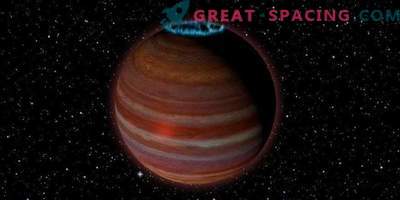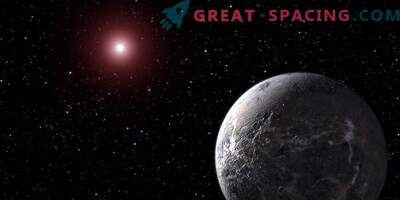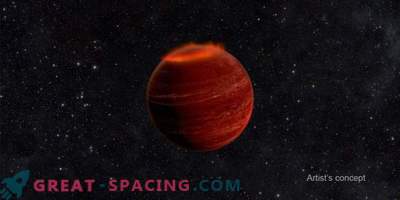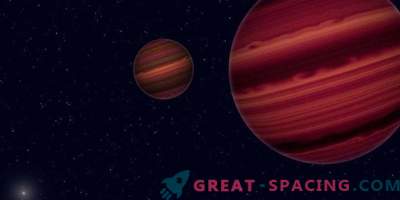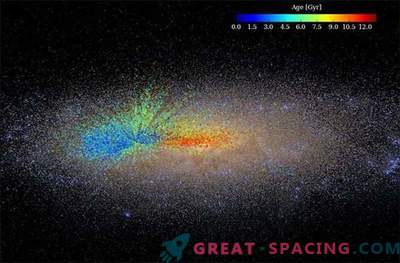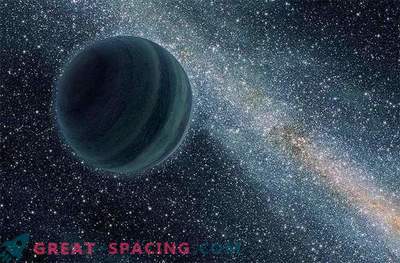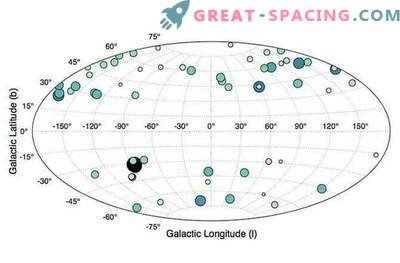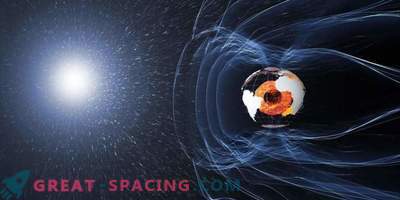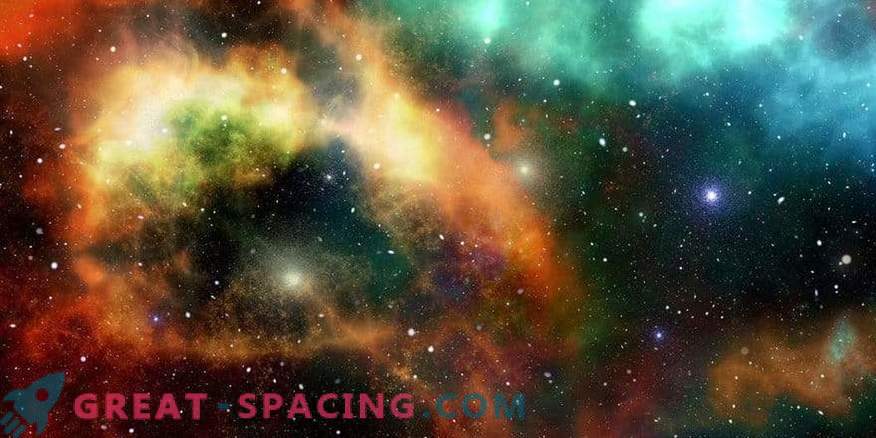
The new study found about a thousand potential and 31 confirmed members of star associations (similar in age and composition), which drift together through the space of the Milky Way. This work will help astronomers understand the stellar evolution and characteristics of future open exoplanets.
Due to internal similarity between group members and external differences between different groups (especially regarding age), scientists can use stellar associations to gather information about the history of stellar birth in the Milky Way. The age of stars varies from a few million to a billion years.
The researchers combed data from the ESA Gaia 3D cartographic mission, released in early 2018, to find the gold mine of confirmed and potential group members. The image is represented mainly from red dwarfs, which are inferior to the Sun in size and temperature. The small size makes it difficult to observe, but these are common objects in the galaxy. The new information obtained about the stars will also make it possible to reveal possible planets or objects similar to the planets found in associations. If TESS is able to find alien worlds around its stellar neighbors, then the obtained data on age will allow a better understanding of the evolution of the planetary system at different times.
In addition to the bonus in the form of red dwarfs from neighboring stellar associations, scientists also found 111 brown dwarfs, considered to be part of these local associations. Brown dwarfs are sometimes called failed stars or super-Jupiter. They are smaller stars, too tiny to support the process of hydrogen synthesis, but more massive than the giant planets. Thus, these objects guarantee a natural connection between astronomy and planetary science and attract the attention of scientists.


